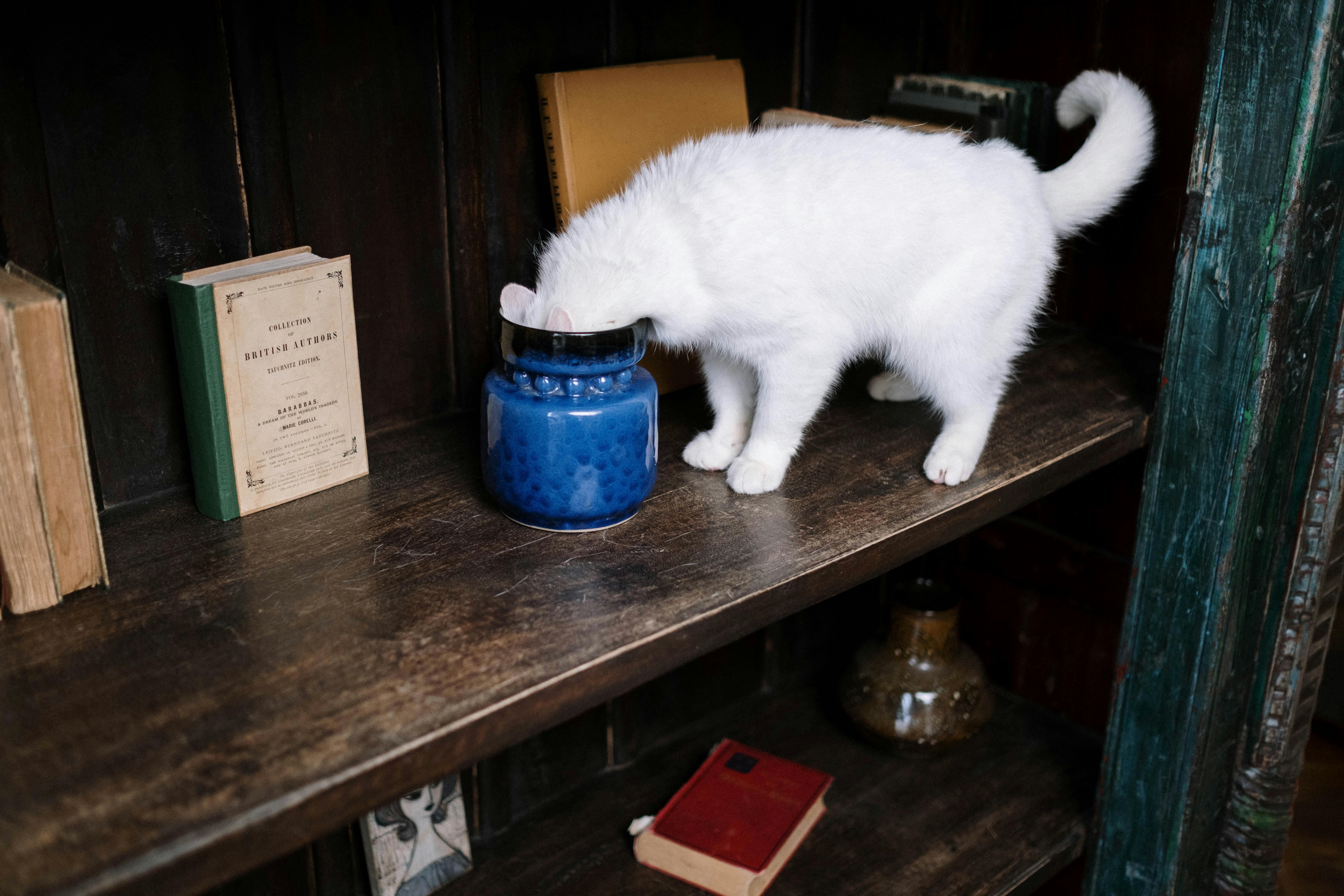 |
| Image credit: Pexels |
Moving to a new home can be an exciting time for you, but it can be a stressful experience for your feline friend. Cats are creatures of habit, and a change in environment can cause anxiety and distress. As responsible pet owners, it's essential to know how to help your cat adjust to the move and alleviate their stress effectively. In this comprehensive guide, we'll provide expert tips for handling a stressed cat after moving, ensuring a smooth transition for both you and your beloved pet.
Understanding Cat Behavior During a Move
Before delving into specific strategies for calming a stressed cat, it's crucial to understand how moving can impact feline behavior. Cats are territorial animals, and any disruption to their environment can trigger anxiety and insecurity. Symptoms of stress in cats may include:
- Excessive meowing or vocalization
- Hiding or seeking refuge in secluded areas
- Loss of appetite or changes in eating habits
- Aggression or unusual behavior
- Urinary accidents outside the litter box
- Recognizing these signs is the first step in addressing your cat's distress effectively.
Creating a Safe Haven for Your Cat
Upon arriving at your new home, prioritize creating a safe and familiar space for your cat. Set up a designated area with their bed, litter box, food, and water bowls away from the chaos of unpacking. This sanctuary will provide comfort and security as your cat acclimates to their new surroundings.
Gradual Introduction to the New Environment
Allow your cat to explore their new home at their own pace. Avoid overwhelming them by restricting access to certain areas initially. As your cat becomes more comfortable, gradually introduce them to different rooms, ensuring they feel safe and supported throughout the process.
Maintaining Routine and Familiarity
Consistency is key to reducing stress in cats. Stick to your pet's regular feeding schedule, playtime routines, and litter box maintenance, even amidst the chaos of moving. Familiar smells and routines will reassure your cat and help them adjust more quickly to their new environment.
 |
| Magic Mushroom Cat Tree from Happy and Polly |
Providing Enrichment and Distraction
Engage your cat with interactive toys, scratching posts, and cozy hiding spots to alleviate boredom and anxiety. Enriching their environment with stimulating activities will help distract them from the stress of moving and promote positive behaviors.
Calming Solutions for Stressed Cats
In addition to environmental adjustments, several calming solutions can help soothe a stressed cat:
Phenomones: Consider using synthetic pheromone products such as Feliway diffusers or sprays to create a calming atmosphere.Herbal Remedies: Some cats may benefit from natural supplements or herbal remedies known for their calming properties, such as chamomile or valerian root. Consult with your veterinarian before introducing any new supplements.
Comforting Touch: Gentle petting and massage can provide comfort and reassurance to an anxious cat. Spend quality time bonding with your pet to strengthen your bond and alleviate stress.
Seeking Veterinary Guidance
If your cat's stress persists or worsens despite your efforts, don't hesitate to seek guidance from a veterinarian. They can assess your cat's behavior, recommend appropriate interventions, and rule out any underlying medical conditions contributing to their distress.
Conclusion
Moving can be a challenging experience for cats, but with patience, understanding, and proactive measures, you can help your feline companion adjust to their new home successfully. By creating a safe haven, maintaining routine, providing enrichment, and exploring calming solutions, you can minimize your cat's stress and promote their well-being during this transition period.
@nolacrazycatlady #lifewithcats #catmom #crazycatlady #catsoftiktok #catlady #cats ♬ Just A Girl - No Doubt









0 Comments